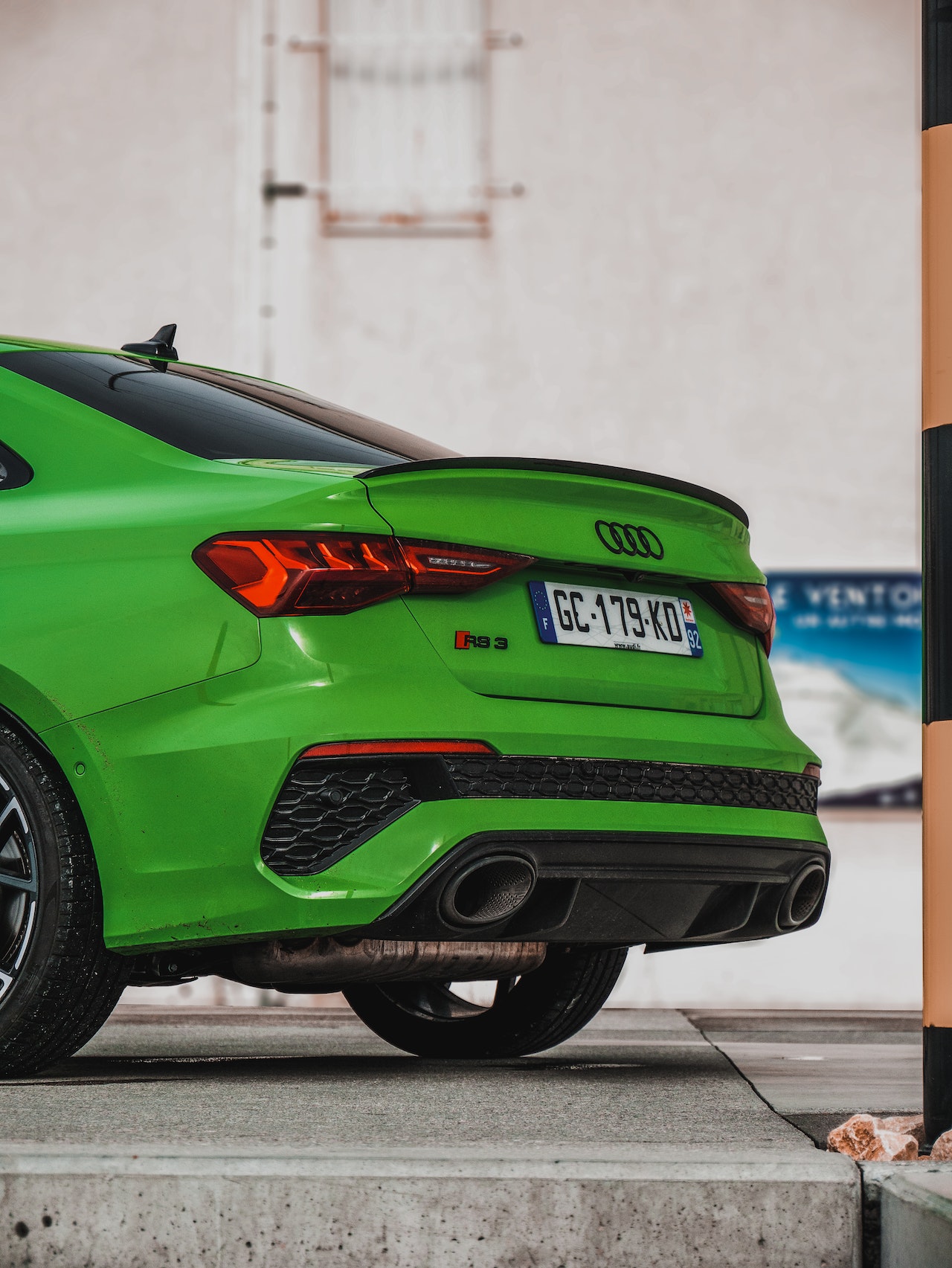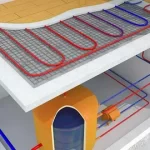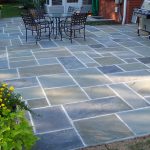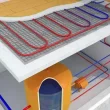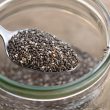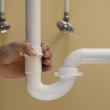When it comes to protecting your car from the harsh effects of the sun, you have several options to choose from. Two of the most popular choices are dyed tint and ceramic tint. Both of these options provide benefits in terms of heat blocking, but they work differently, and each has its own pros and cons. In this blog post, we will discuss the heat blocking effects of dyed tint versus ceramic tint, so you can make an informed decision on which option is best for you.
Dyed Tint Dyed tint, also known as dyed film, is a type of window tinting film that is made of polyester and is coated with a layer of dye. The dye absorbs the sun’s harmful UV rays and helps to reduce the amount of heat that enters your vehicle. Dyed tint is one of the most affordable options for window tinting, and it is also one of the easiest to apply. This makes it a popular choice for those who want to reduce the amount of heat in their car without spending a lot of money.
The heat blocking effects of dyed tint are decent, but not as effective as ceramic tint. Dyed tint is more likely to fade over time, which can reduce its effectiveness in blocking heat. Additionally, the dye can become discolored, which can negatively impact the appearance of your car. Despite these drawbacks, dyed tint still provides a significant reduction in heat compared to having no tint at all, and it is a good option for those who want to enjoy a more comfortable driving experience without breaking the bank.
Ceramic Tint Ceramic tint, on the other hand, is a newer and more advanced type of window tinting film. Unlike dyed tint, ceramic tint is made of ceramic particles that are suspended in a polyester film. The ceramic particles help to block UV rays and infrared light, which are the main causes of heat inside your car. Ceramic tint is more effective in blocking heat than dyed tint and provides a higher level of protection from the sun’s harmful rays.
Ceramic tint is also more durable than dyed tint. It is less likely to fade or discolor over time, which means it will provide consistent protection from heat for a longer period of time. Additionally, ceramic tint is more scratch-resistant, which makes it a great option for those who live in areas with a lot of dust or debris on the roads.
One of the major benefits of ceramic tint is its ability to block heat more effectively than dyed tint. This makes it an ideal option for those who live in hot climates or who spend a lot of time driving in direct sunlight. Ceramic tint is also more resistant to fading and discoloration, which means it will look better for longer. This makes it a great option for those who want to enhance the appearance of their car while also enjoying a more comfortable driving experience.
Another advantage of ceramic tint is that it is more scratch-resistant. This is particularly important for those who live in areas with a lot of dust or debris on the roads. Ceramic tint can withstand more wear and tear than dyed tint, which means it will last longer and provide more consistent protection from the sun’s harmful rays.
In conclusion, both dyed tint and ceramic tint offer heat blocking benefits, but they work differently and each has its own pros and cons. Dyed tint is more affordable and easier to apply, but it is less effective in blocking heat and more likely to fade over time. Ceramic tint is more expensive, but it provides a higher level of protection from the sun’s harmful rays and is more durable and scratch-resistant. Ultimately, the choice between dyed tint and ceramic tint will come down to your personal preferences and budget.

